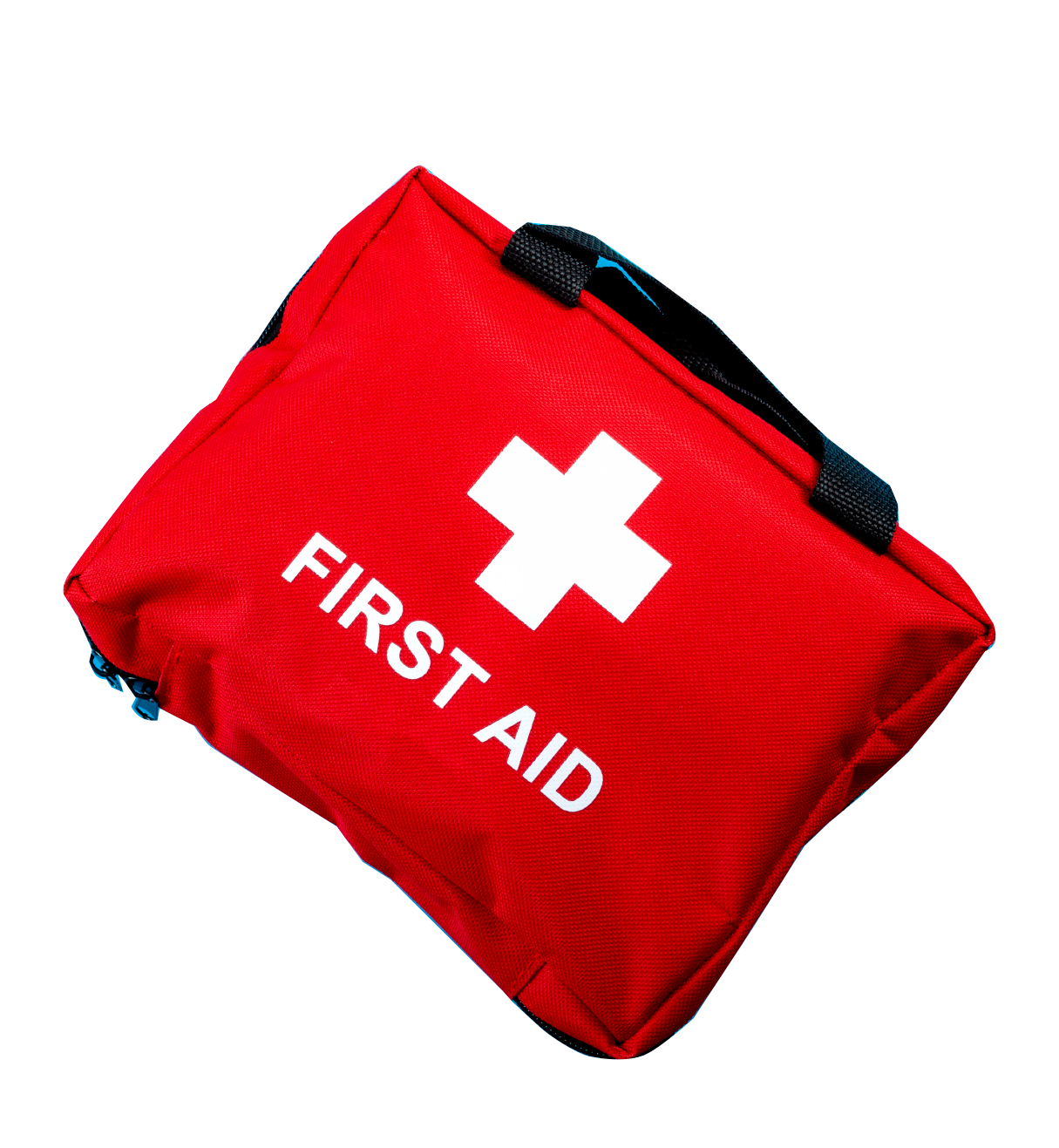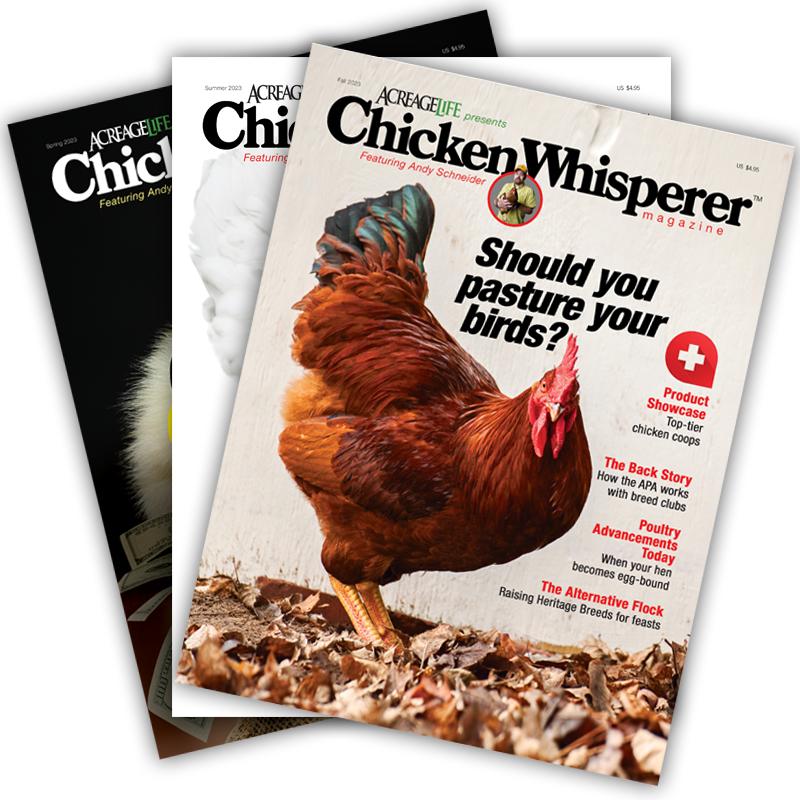Hot Days, Hidden Risks
Cell Stress & Water Loss Add Up


Whether you raise a few hens in the backyard or manage a breeding operation, hydration isn’t optional — it’s foundational. During heatwaves, we instinctively top off the waterers and add shade, but dehydration is far more than just an empty drinker. It’s a physiological threat that affects every system in the bird’s body, starting at the cellular level.
Understanding how heat and water loss interact with poultry biology can help you move from reactive care to preventative management — one that could be lifesaving.
What Is Dehydration in Poultry?
Dehydration is the state in which fluid loss exceeds fluid intake. For chickens, this can occur rapidly due to several physiological traits:
Lack of sweat glands: Birds rely on evaporative cooling through panting, which increases respiratory water loss.
High metabolic rate: Chickens produce heat quickly and struggle to dissipate it, especially in high humidity.
Inefficient renal system: Avian kidneys concentrate uric acid, not urea, and reabsorb less water than mammalian kidneys.
This combination makes chickens especially vulnerable in hot climates. A 2016 study published in Poultry Science reported that broiler chickens exposed to high ambient temperatures (34 to 35 degrees Celsius or 93 to 95 degrees Fahrenheit) for even two to four hours showed significantly decreased feed intake, increased rectal temperature and elevated corticosterone levels, all indicative of early heat stress and dehydration.
The Cascade of Cellular Stress
At the cellular level, dehydration initiates a stress cascade that can lead to:
Electrolyte imbalance
Water loss is accompanied by the loss of critical ions — especially sodium, potassium and chloride. These electrolytes regulate osmotic pressure, nerve signaling and cellular transport mechanisms. Even a 5 to 10% deficit can impair muscle function, heart rate and digestion.
Oxidative stress
Heat stress increases reactive oxygen species (ROS) production in cells, particularly in the liver, heart and intestines. Without adequate hydration and antioxidant reserves (like vitamin E or selenium), ROS accumulation damages cellular membranes and disrupts mitochondrial function, leading to fatigue, immune suppression and tissue inflammation.
Reduced thermoregulation
A dehydrated bird can no longer regulate body temperature effectively. Chickens rely heavily on evaporative cooling through panting — already a water-intensive process. As dehydration worsens, this method fails, and core body temperature begins to rise uncontrollably.
Summer Hydration Checklist for Poultry Keepers
Beat the Heat. Boost Bird Health.
Daily Must-Do’s
- Check ALL waterers morning and afternoon.
- Clean waterers with a scrub brush (biofilm forms fast in heat).
- Refill it with cool, fresh water.
- Ensure at least one waterer per 10 birds (minimum).
- Confirm waterers are in full or partial shade.
- Observe birds for early signs of heat stress or dehydration.
Weekly/Hot-Weather Task
- Rotate in electrolyte water (1 to 3 days per week or during heatwaves).
- Offer frozen treats or water-rich foods (cucumbers, melon, soaked feed).
- Clear bedding and droppings around waterers to prevent bacterial growth.
- Check that coop/tractor ventilation is functioning (add fans if needed).
- Mist or dampen dust bathing areas to promote natural cooling behavior.
In Case of Emergency
- Isolate heat-stressed bird in shade with airflow.
- Administer electrolyte solution via dropper or shallow dish.
- Wet comb, feet and underwings with room temp water (never ice).
- Monitor for 20 to 30 mins and repeat hydration efforts as needed.
- Call your avian vet or poultry mentor if no improvement.
Clinical Signs of Dehydration in Chickens
Understanding the progression of dehydration helps you act early. Here’s what to watch for:
- Early signs (0 to 5% dehydration):
- Increased panting and open-mouth breathing.
- Lethargy or unwillingness to forage.
- Slightly dry or tacky droppings.
- Reduced egg production.
- Moderate dehydration (6 to 10%):
- Pale, shrunken comb and wattles.
- Loss of skin elasticity (skin pinch test).
- Sunken eyes.
- Weight loss.
- Severe dehydration (11 to 15% or more):
- Staggering, muscle tremors.
- Seizure-like collapse or convulsions.
- Coma or death if untreated.
Egg-laying hens are particularly sensitive due to their high water turnover — an egg is roughly 75% water, and water restriction directly suppresses ovulation.
Hydration and Electrolyte Balance
The best way to treat dehydration is to prevent it altogether. Daily management matters more in the summer than ever before.
Water access
Provide at least 1.5 to 2 times the normal water volume during high-heat days.
Place waterers in multiple shaded areas, especially if you have a large or hierarchical flock.
Water quality
Chickens are picky. Dirty, warm or slimy water can result in voluntary water restriction.
Clean containers daily and offer cool water during peak heat.
Electrolyte supplementation
Offer electrolytes proactively during heatwaves, transport or after illness.
Look for products with balanced sodium, potassium and chloride, and optionally glucose for faster uptake.
Avoid long-term overuse, which can cause mineral imbalances.
Frozen enrichment
Add frozen fruit, herbs (like mint) or frozen mash cubes into pans of water to stimulate drinking.
Offer high-moisture feed items like cucumbers, watermelon (in moderation) and soaked layer crumbles.
Emergency Rehydration Protocol
For birds showing signs of moderate or severe dehydration:
- Isolate and cool the bird in a shaded or ventilated area.
- Administer oral fluids immediately using an electrolyte solution via dropper if they cannot drink on their own.
- Cool the bird’s feet, comb and underwings with room-temperature water. Avoid submerging the bird or using ice water, which can cause vasoconstriction and shock.
Good flock management in summer is not about keeping birds alive — it is about helping them thrive through heat stress. Hydration is the hidden driver behind immunity, digestion, egg production and neurological function. The better we understand the internal workings of a bird’s body, the better we can respond to what it needs.
So go beyond just topping off waterers. Watch your birds. Listen to them. And when they pant, pause or seem “just a little off,” consider what is going on at the cellular level.
Tags:Healthy Flock

Chicken Whisperer is part of the Catalyst Communications Network publication family.












